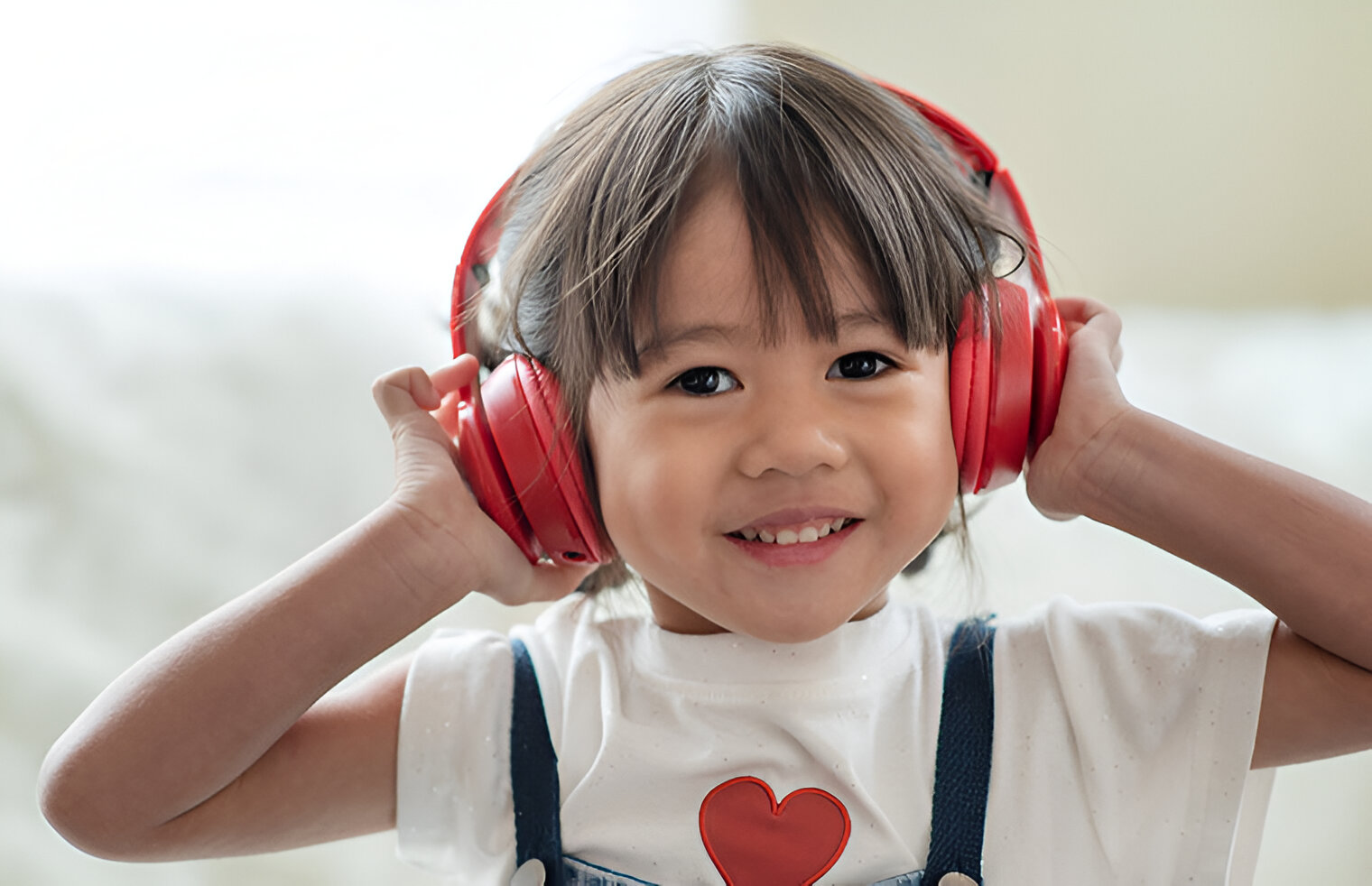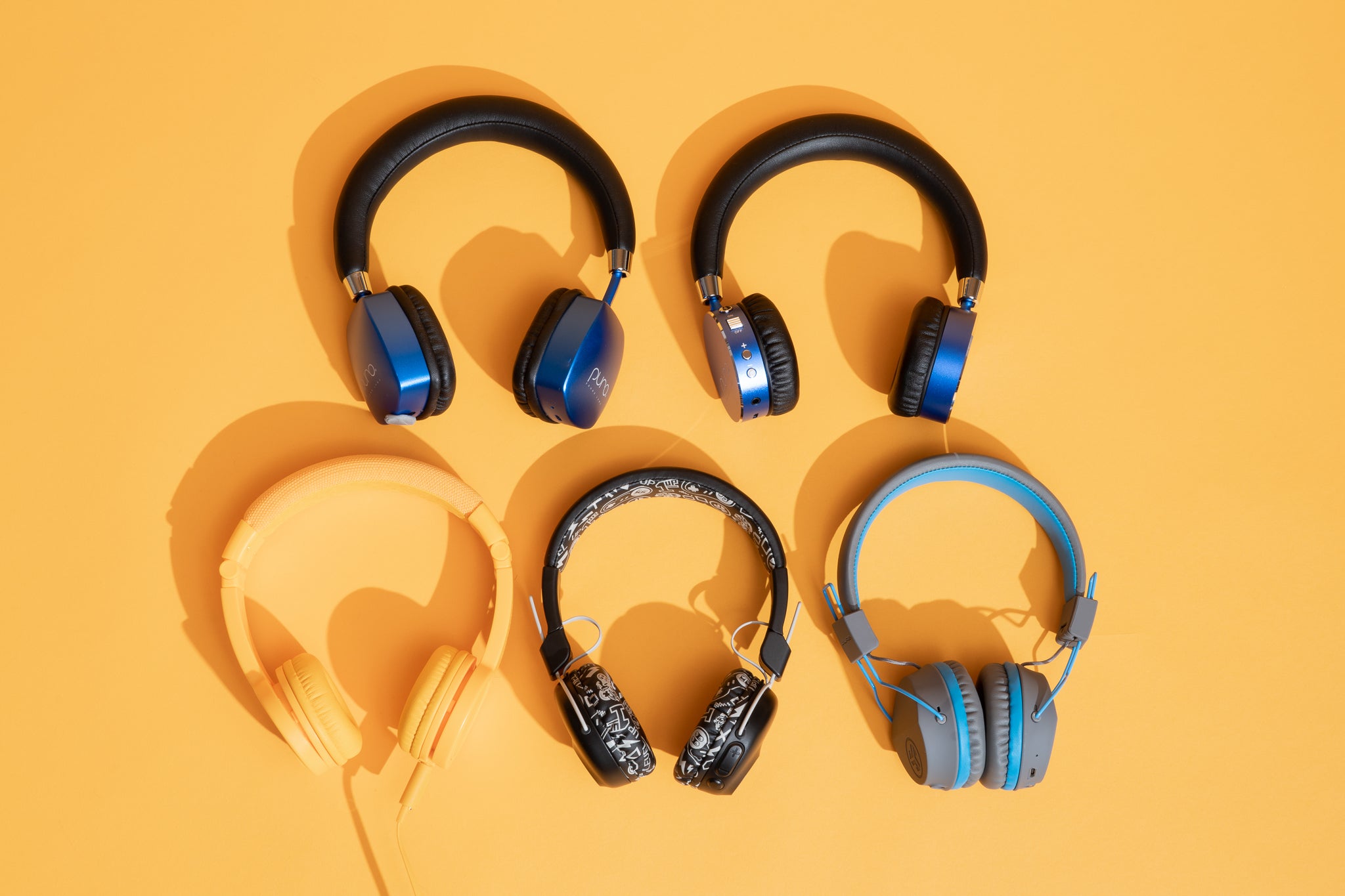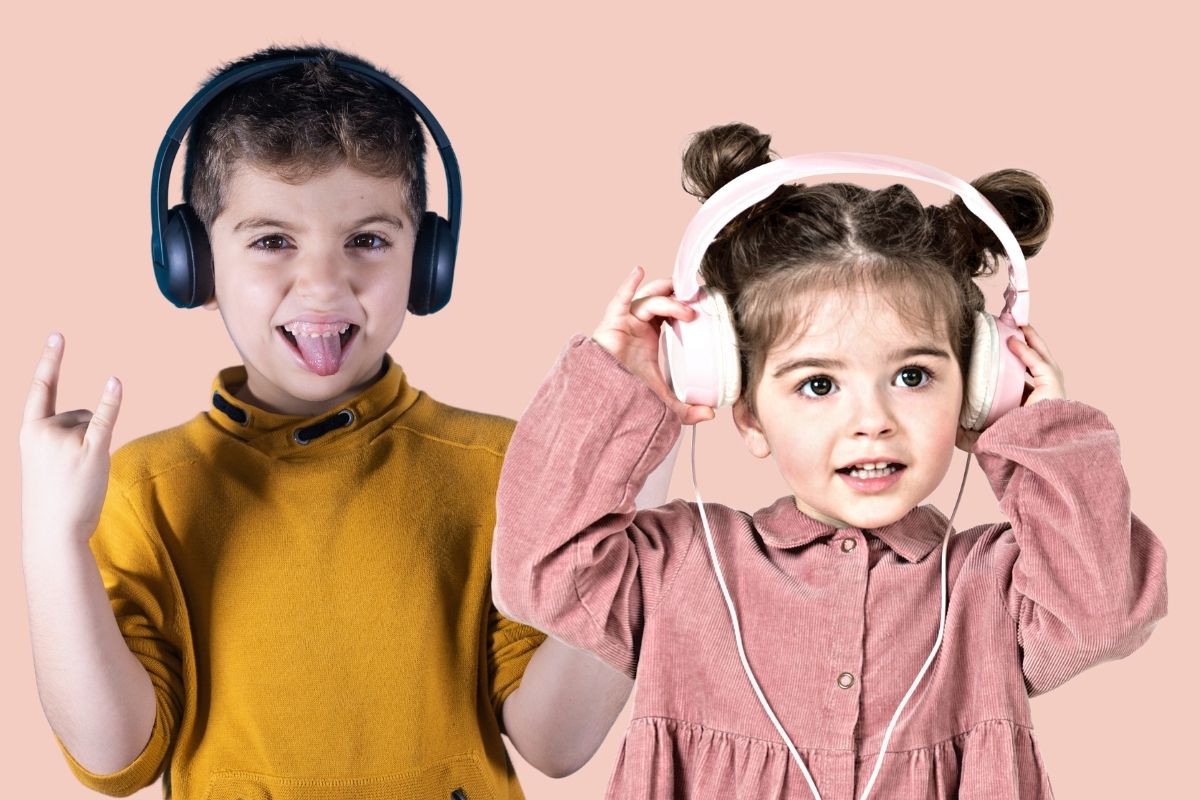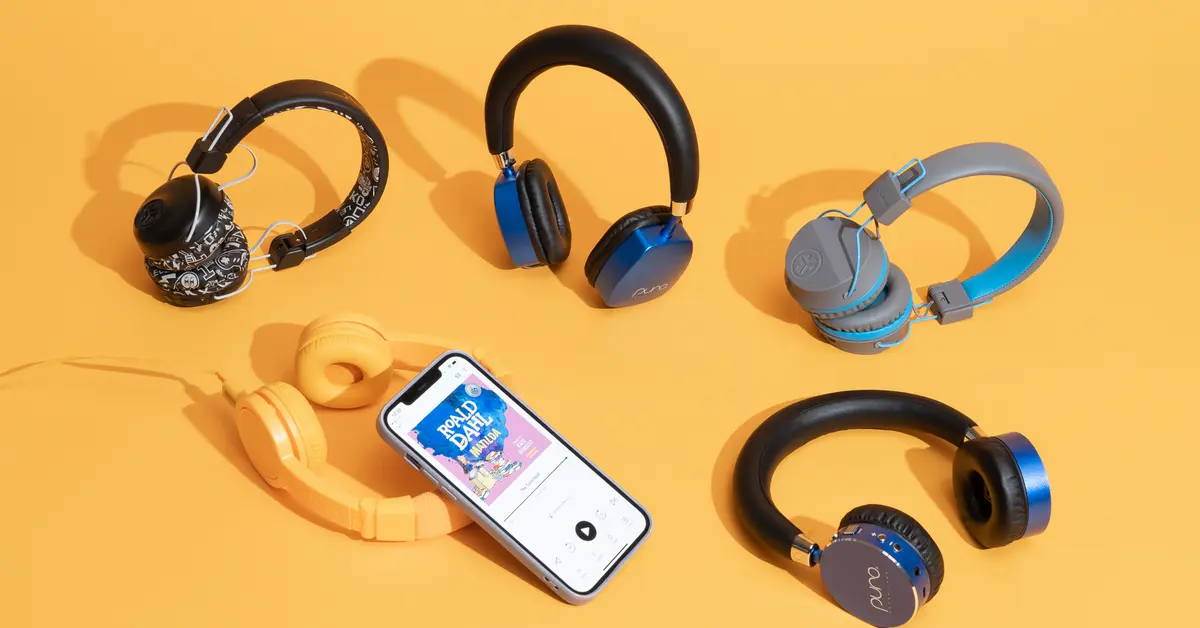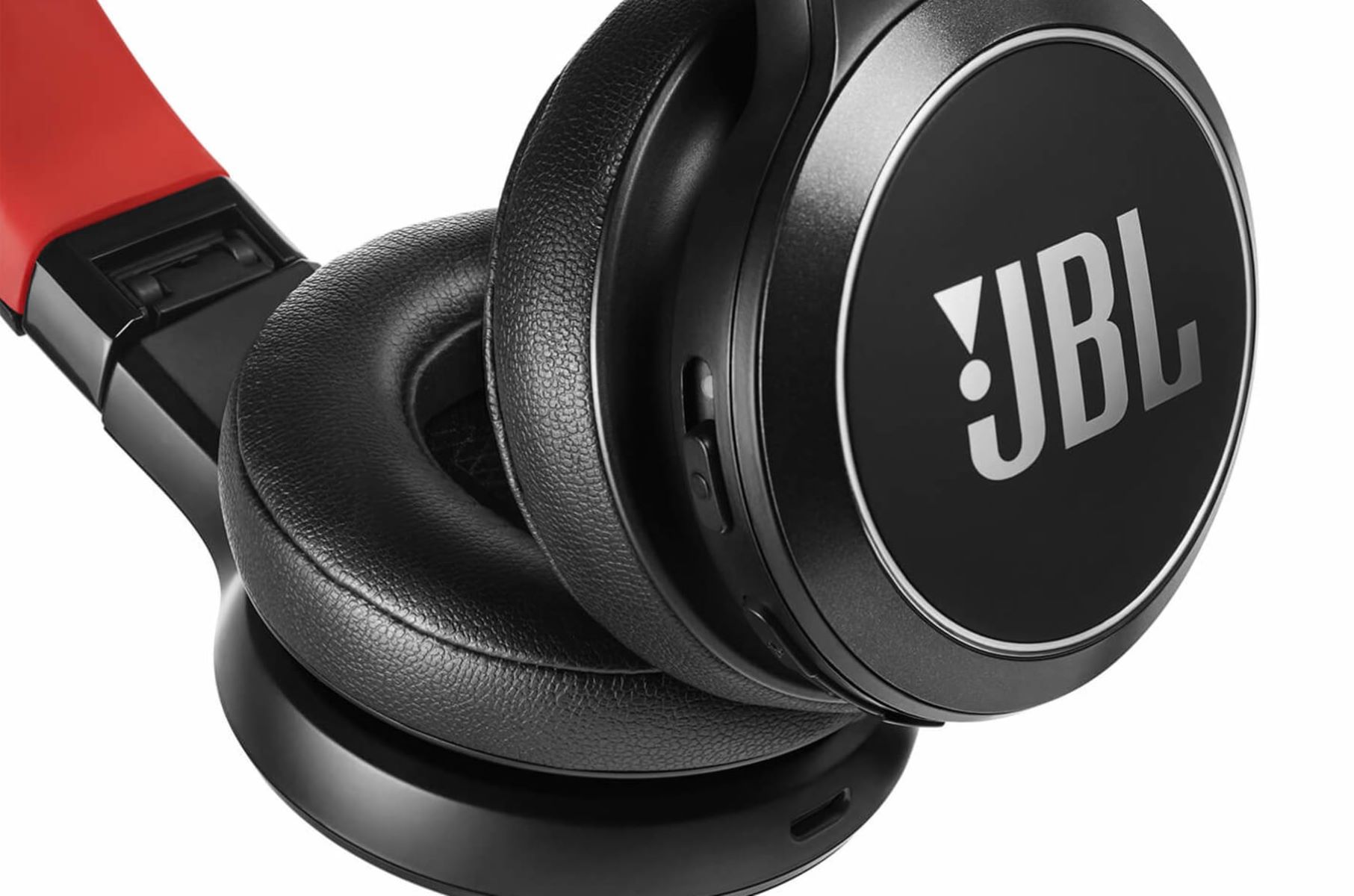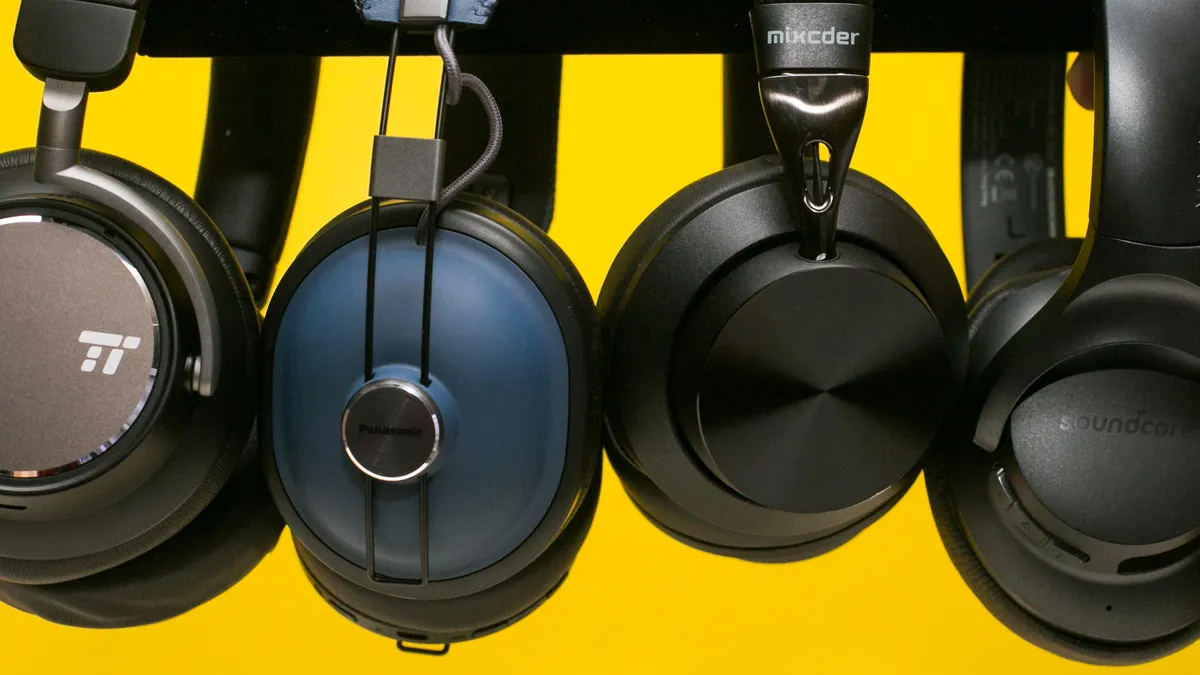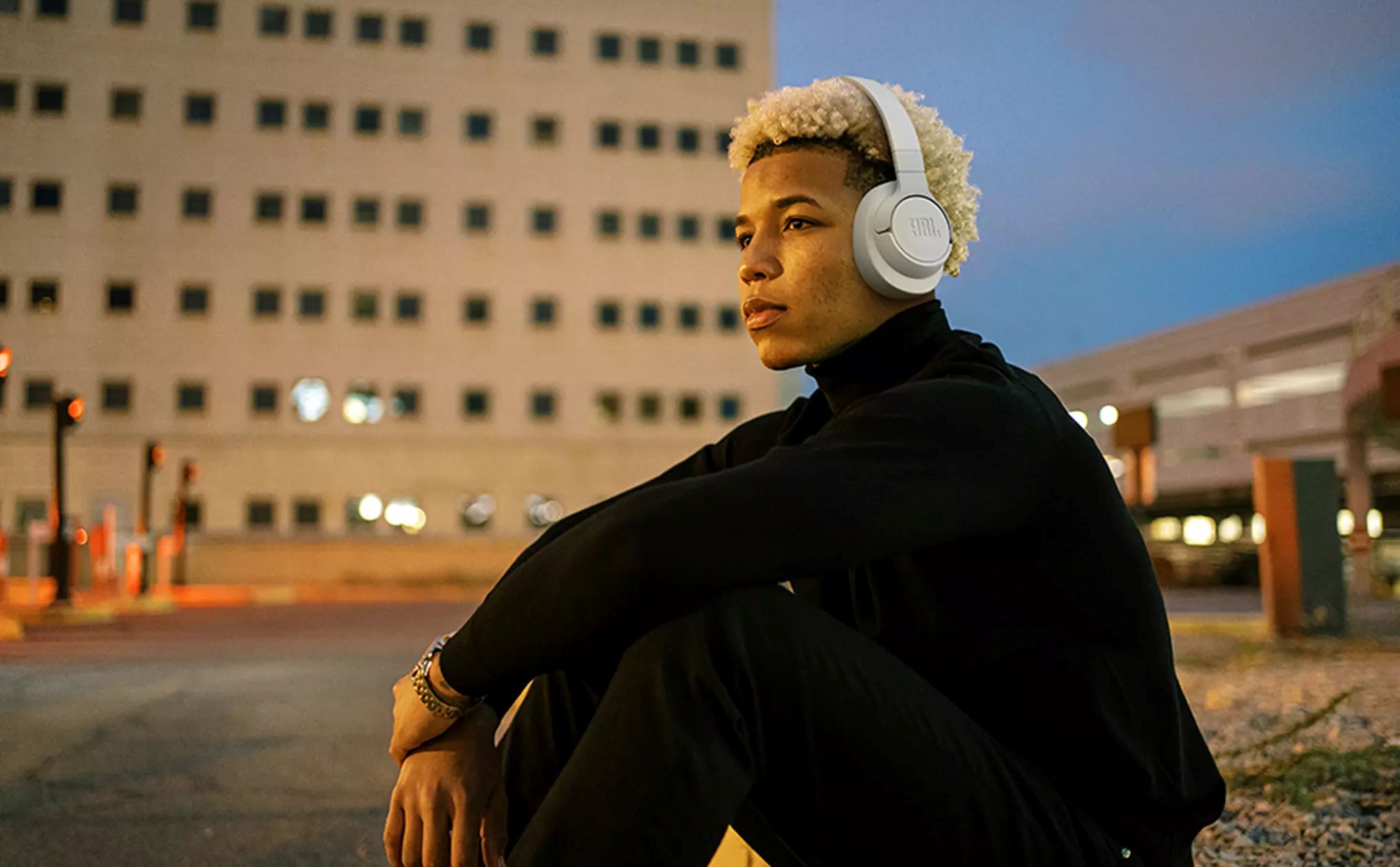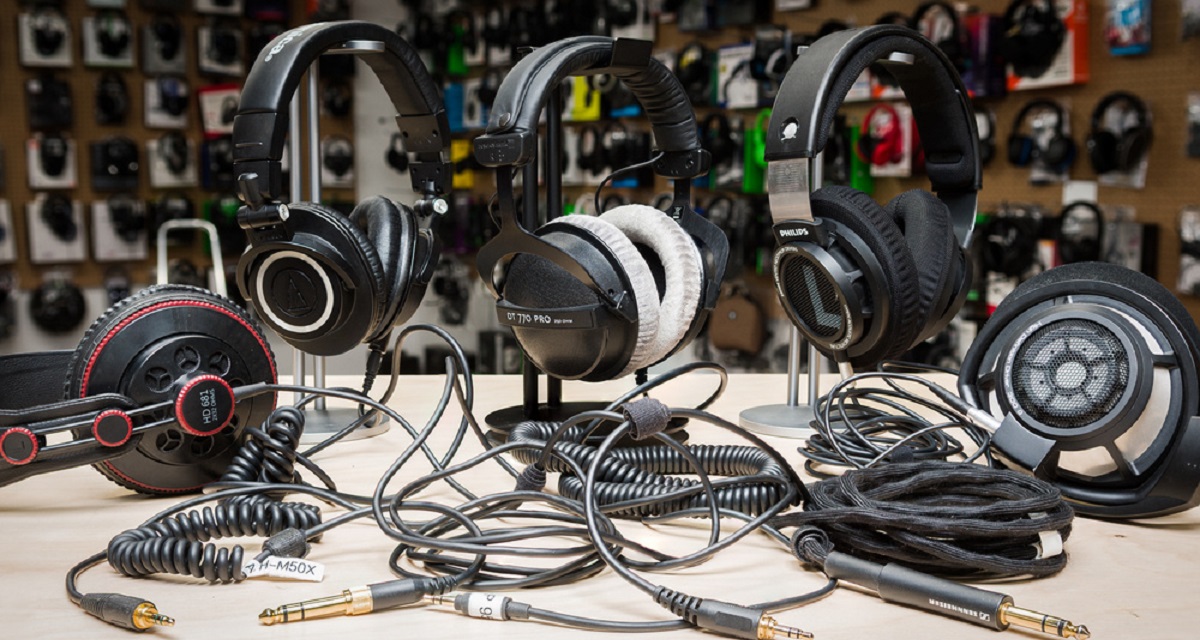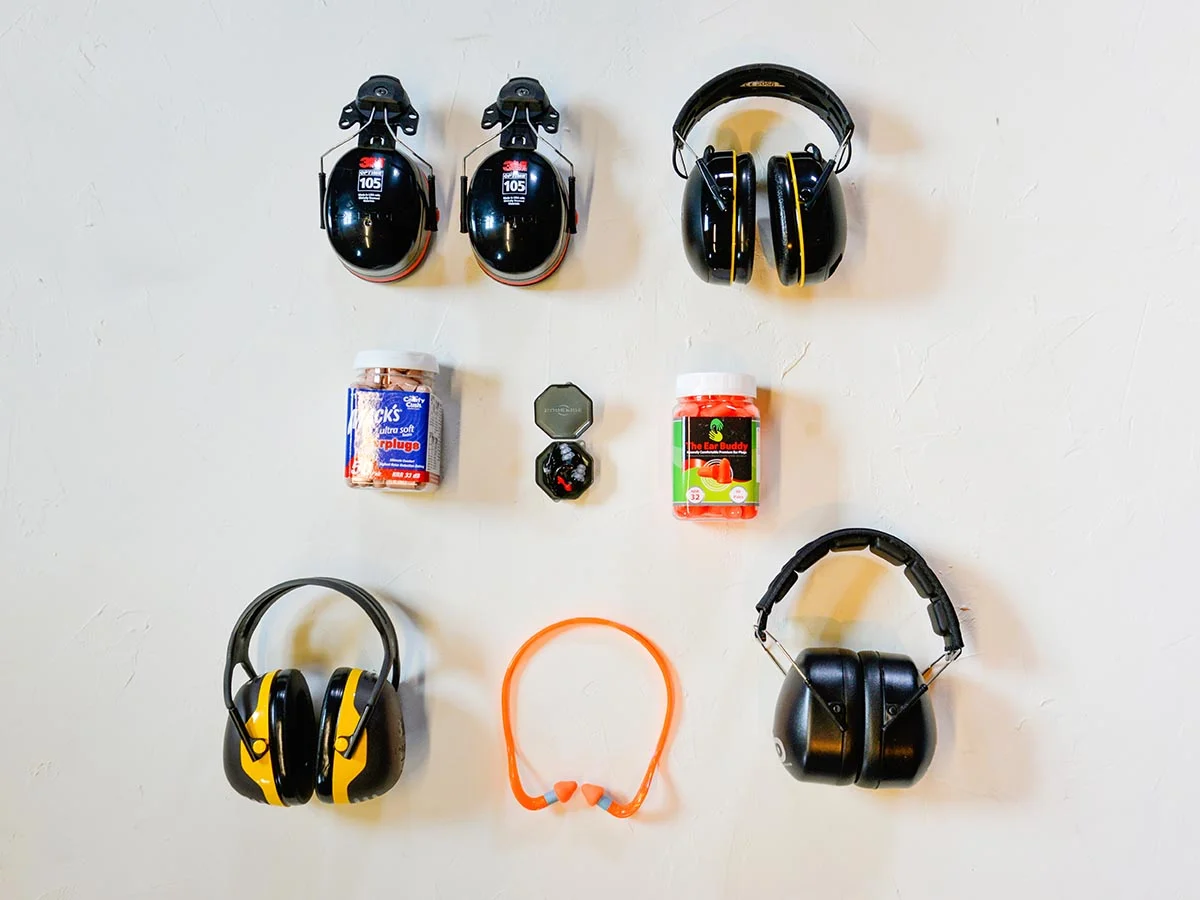Introduction
Noise-cancelling headphones have become a common sight among kids in various settings, from classrooms to public places. These headphones, equipped with technology that actively reduces ambient noise, serve a multitude of purposes for children. Understanding the reasons behind their usage sheds light on the diverse needs and challenges that children may encounter in their daily lives.
The utilization of noise-cancelling headphones by kids has raised curiosity and concern among parents, educators, and the general public. While some may perceive it as a fashion statement or a form of escapism, the underlying reasons are often rooted in genuine needs related to sensory sensitivity, concentration and focus, noise reduction, and conditions such as autism and ADHD. By delving into these motivations, we can gain valuable insights into the experiences and requirements of children in various environments.
As we explore the multifaceted reasons behind kids wearing noise-cancelling headphones, it becomes evident that these devices serve as more than just accessories. They play a pivotal role in addressing the unique challenges and sensitivities that children encounter, ultimately contributing to their comfort, well-being, and ability to engage with the world around them. Understanding the significance of these headphones in the context of children's lives is essential for fostering empathy, awareness, and inclusive environments that cater to diverse needs.
Sensory Sensitivity
Many children experience sensory sensitivity, which can manifest in heightened reactions to environmental stimuli such as noise, light, and touch. For some kids, everyday sounds that may seem unobtrusive to others can be overwhelming and distressing. In such cases, noise-cancelling headphones provide a valuable means of managing sensory input and creating a more comfortable auditory environment.
Children with sensory processing issues, including those on the autism spectrum or with sensory processing disorder (SPD), often find solace in the use of noise-cancelling headphones. These devices help mitigate the impact of loud or unpredictable noises, allowing these children to navigate their surroundings with reduced anxiety and sensory overload. By minimizing auditory distractions, noise-cancelling headphones enable children with sensory sensitivity to regulate their sensory experiences and engage more comfortably in various activities.
Furthermore, in educational settings, noise-cancelling headphones can support children with sensory sensitivity by providing a controlled auditory environment that promotes focus and reduces stress. By creating a barrier against disruptive noises, these headphones facilitate a conducive learning environment, allowing children to concentrate on academic tasks without being overwhelmed by auditory stimuli.
Understanding the role of noise-cancelling headphones in addressing sensory sensitivity underscores the significance of accommodating diverse sensory needs in various contexts. By acknowledging and respecting the sensory experiences of children, we can cultivate inclusive environments that support their well-being and enable them to participate fully in social, educational, and recreational activities.
Concentration and Focus
For many children, maintaining concentration and focus in environments with high levels of ambient noise can be challenging. Whether in a bustling classroom, a crowded cafeteria, or a noisy public space, the presence of distracting sounds can impede a child’s ability to concentrate on tasks and engage in meaningful activities. In such scenarios, noise-cancelling headphones serve as a valuable tool for promoting concentration and enhancing focus.
By actively reducing background noise, noise-cancelling headphones create a quieter auditory environment, allowing children to direct their attention to specific tasks, conversations, or learning materials. This reduction in auditory distractions can be particularly beneficial for children with attention difficulties or those who thrive in quieter settings. In educational settings, these headphones can support students in maintaining focus during lessons, assessments, and independent work, ultimately contributing to their academic performance and learning outcomes.
Moreover, in situations where children engage in recreational or leisure activities, such as reading, drawing, or listening to music, noise-cancelling headphones enable them to immerse themselves in their chosen pursuits without the intrusion of external noise. This not only enhances their enjoyment of these activities but also promotes a sense of autonomy and self-directed engagement.
Recognizing the impact of noise-cancelling headphones on concentration and focus emphasizes the importance of accommodating individual learning and cognitive needs. By providing children with tools that support their ability to concentrate and engage with their surroundings, we can create environments that foster active participation, learning, and personal development.
Noise Reduction
The prevalence of noise in various environments can pose challenges for children, impacting their comfort, well-being, and ability to engage in activities. Noise-cancelling headphones offer an effective solution for mitigating the adverse effects of excessive or disruptive sounds, providing children with a means to control their auditory surroundings and reduce the impact of noise-related stressors.
In bustling and crowded settings, such as airports, shopping centers, or public transportation, noise-cancelling headphones act as a barrier against the cacophony of sounds, creating a more tranquil auditory environment for children. By diminishing the intensity of ambient noise, these headphones enable children to navigate busy spaces with reduced stress and sensory overload, fostering a sense of calm and security.
Furthermore, in instances where children are exposed to loud or jarring sounds, such as fireworks, sirens, or construction noise, noise-cancelling headphones provide a protective buffer, safeguarding children’s auditory comfort and minimizing the potential distress caused by sudden or startling noises. This capacity to reduce the impact of disruptive sounds is particularly valuable for children with sensory sensitivities or those who are susceptible to auditory overstimulation.
Additionally, in educational settings, noise-cancelling headphones play a pivotal role in creating a conducive auditory environment for children, allowing them to engage in learning activities without the interference of background noise. By reducing auditory distractions, these headphones support students in focusing on academic tasks, participating in classroom discussions, and processing instructional information without the impediment of external sounds.
Recognizing the significance of noise reduction through the use of noise-cancelling headphones underscores the importance of prioritizing children’s auditory comfort and well-being in diverse settings. By providing children with the means to regulate their exposure to noise, we can foster environments that promote a sense of security, tranquility, and enhanced sensory experiences.
Autism and ADHD
Children with autism spectrum disorder (ASD) and attention-deficit/hyperactivity disorder (ADHD) often encounter challenges related to sensory processing, attention regulation, and sensitivity to environmental stimuli. In this context, noise-cancelling headphones serve as a valuable resource for supporting the unique needs of these children and mitigating the impact of sensory and auditory triggers.
For children with autism, sensory sensitivity is a common feature, and exposure to loud or unpredictable noises can evoke distress and discomfort. Noise-cancelling headphones provide a means of creating a controlled auditory environment, allowing children with autism to manage sensory input and regulate their exposure to external sounds. This, in turn, supports their emotional well-being and enables them to engage more comfortably in social interactions, learning activities, and recreational pursuits.
Similarly, children with ADHD often experience challenges in maintaining focus and filtering out irrelevant stimuli in their environment. Noise-cancelling headphones offer a practical solution for reducing auditory distractions, enabling children with ADHD to concentrate on tasks, sustain attention, and participate in activities without being overwhelmed by background noise. By minimizing the impact of extraneous sounds, these headphones contribute to creating a more conducive environment for children with ADHD to thrive and succeed in various settings.
Moreover, in educational settings, the use of noise-cancelling headphones can support children with autism and ADHD in accessing learning opportunities without the interference of disruptive sounds. By providing a controlled auditory environment, these headphones facilitate a more inclusive and supportive learning experience, allowing children with diverse sensory and attentional needs to engage meaningfully in academic pursuits.
Recognizing the role of noise-cancelling headphones in supporting children with autism and ADHD underscores the importance of accommodating diverse neurodevelopmental profiles and sensory experiences. By providing children with tools that address their specific sensory and attentional requirements, we can create environments that foster their well-being, participation, and sense of belonging.
Comfort and Calmness
Comfort and calmness are essential components of a conducive and supportive environment for children. Noise-cancelling headphones play a significant role in promoting these aspects by offering children a sense of control over their auditory surroundings and facilitating a greater degree of comfort and tranquility.
For children who experience heightened sensitivity to noise, wearing noise-cancelling headphones can provide a comforting and reassuring experience, allowing them to navigate various environments with reduced anxiety and sensory overload. By creating a buffer against disruptive sounds, these headphones contribute to a sense of security and well-being, enabling children to engage more comfortably in social interactions, learning activities, and recreational pursuits.
Furthermore, in settings where children may encounter overwhelming or distressing noises, such as crowded public spaces or events with amplified sound, noise-cancelling headphones offer a means of seeking respite and finding a sense of calm amidst auditory chaos. This capacity to mitigate the impact of external noise fosters a greater sense of ease and relaxation, empowering children to participate in activities and social gatherings with increased confidence and reduced stress.
Additionally, in situations where children require moments of quiet reflection or relaxation, noise-cancelling headphones provide a valuable tool for creating a tranquil auditory environment. Whether engaged in solitary activities such as reading, drawing, or listening to music, or seeking moments of reprieve from sensory stimuli, these headphones enable children to cultivate a sense of calm and personal comfort, supporting their emotional well-being and self-regulation.
Recognizing the role of noise-cancelling headphones in promoting comfort and calmness underscores the significance of acknowledging and addressing children’s sensory and emotional needs in various contexts. By providing children with the means to regulate their auditory experiences and seek moments of tranquility, we can create environments that prioritize their well-being, emotional regulation, and overall sense of comfort.
Conclusion
The utilization of noise-cancelling headphones by children encompasses a spectrum of needs and experiences, reflecting the diverse ways in which these devices contribute to their well-being and engagement in various environments. From addressing sensory sensitivity and promoting concentration to reducing noise-related stressors and supporting children with autism and ADHD, noise-cancelling headphones play a pivotal role in enhancing the auditory experiences of children.
By recognizing the multifaceted benefits of noise-cancelling headphones, we acknowledge the importance of accommodating diverse sensory and attentional needs, fostering inclusive environments, and prioritizing children’s comfort and well-being. These headphones serve as a valuable resource for empowering children to navigate their surroundings with increased confidence, mitigating the impact of auditory distractions, and promoting a sense of calm and security.
As we continue to explore and understand the significance of noise-cancelling headphones in the context of children’s lives, it is essential to cultivate awareness, empathy, and proactive measures that cater to the unique auditory experiences and needs of children. By embracing the role of these headphones as tools for promoting comfort, concentration, and sensory regulation, we contribute to the creation of environments that support the holistic well-being and engagement of children in diverse settings.
Ultimately, the integration of noise-cancelling headphones into children’s daily experiences underscores the value of recognizing and accommodating their unique sensory and auditory needs. By doing so, we foster environments that prioritize their comfort, engagement, and emotional well-being, laying the foundation for inclusive and supportive spaces in which all children can thrive.







